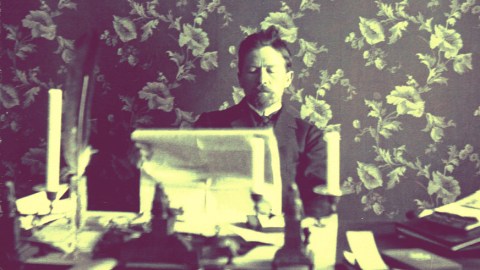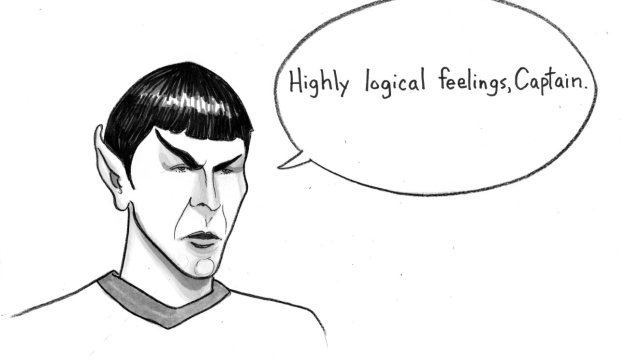Highly Distractible People Have More Creative Success

Creativity is more than finding new solutions to abstract problems presented in laboratory settings, and a new study out of Northwestern University is one of the first to measure what qualities correlate with creative achievement in the real world.
In the study, people who had achieved success in creative domains, as measured by the Creative Achievement Questionnaire, also shared one particular trait in common: a tendency toward being highly distractible.
This inability to filter out intruding sensory information may help people integrate ideas that are outside of the focus of their attention, leading to more creativity in the real world, says Darya Zabelina, lead author of the study.
“The researchers investigated specific neural markers of a very early form of attention, namely sensory gating, indexed by P50 ERP, the neurophysiological response that occurs 50 ms (milliseconds) after stimulus onset, and how it relates to two measures of creativity: divergent thinking and real-world creative achievement.”
Interestingly, individuals with more creative success in life scored lower on what are known as “divergent thinking” problems, which measure the ability to think in unconventional ways. Asking someone to find novel ways to use a paper clip, for example, is one such popular question.
Someone who proposes using a paperclip as a mini trombone or as cuff links might score highly on a divergent thinking test, but those skills alone aren’t enough to carry them forward in a creative industry, which requires complex solutions to real-world problems.
“Real-world creative achievement was associated with leaky sensory processing — or a reduced ability to screen or inhibit stimuli from conscious awareness. This shows that these creativity measures are sensitive to different forms of sensory gating. Divergent thinking does contribute to creativity, but appears to be separate from the process of creative thinking that is associated with the leaky sensory filter.”
In what may be a clue to the veracity of the study, famously creative individuals like Marcel Proust, Franz Kafka, Charles Darwin, and Anton Chekhov all complained about the distractive nature of even the smallest sound. Proust went so far as to wear earplugs and cover the walls of his room with corkboard to muffle sound.
So being highly distractible is a blessing and a curse: it allows you to form new contexts for your ideas, but can at times keep you from expressing them because of other ever-intruding distractions.
Read more at Science Daily.





